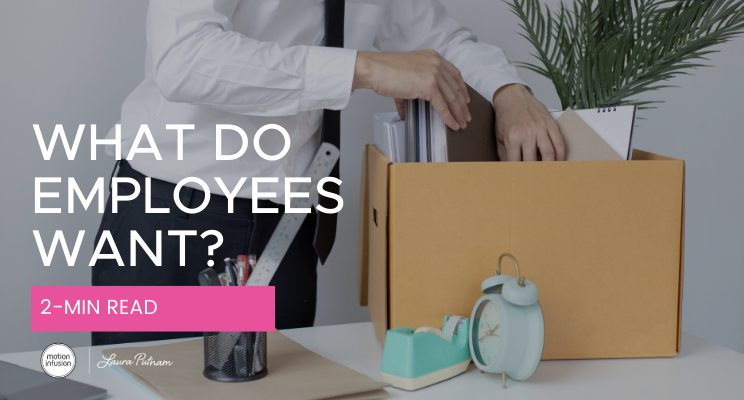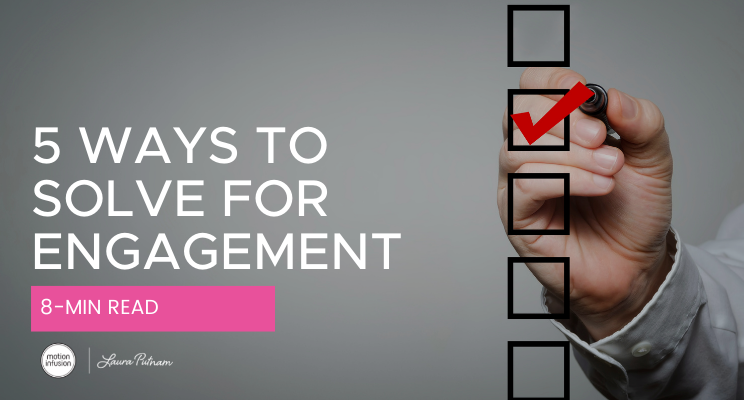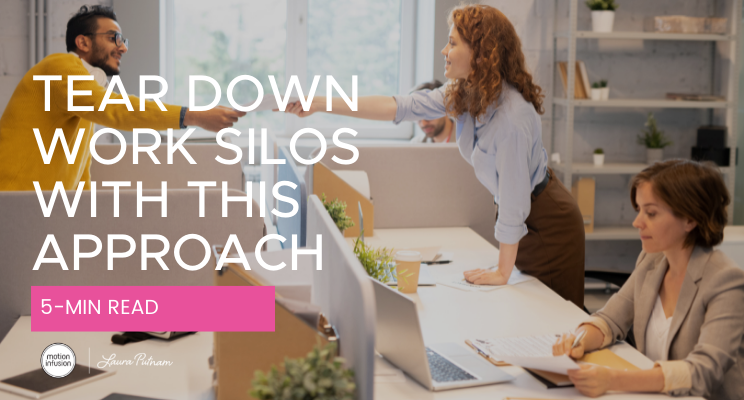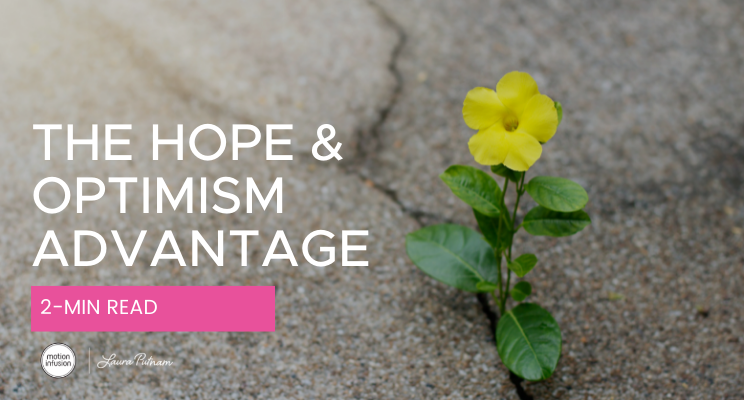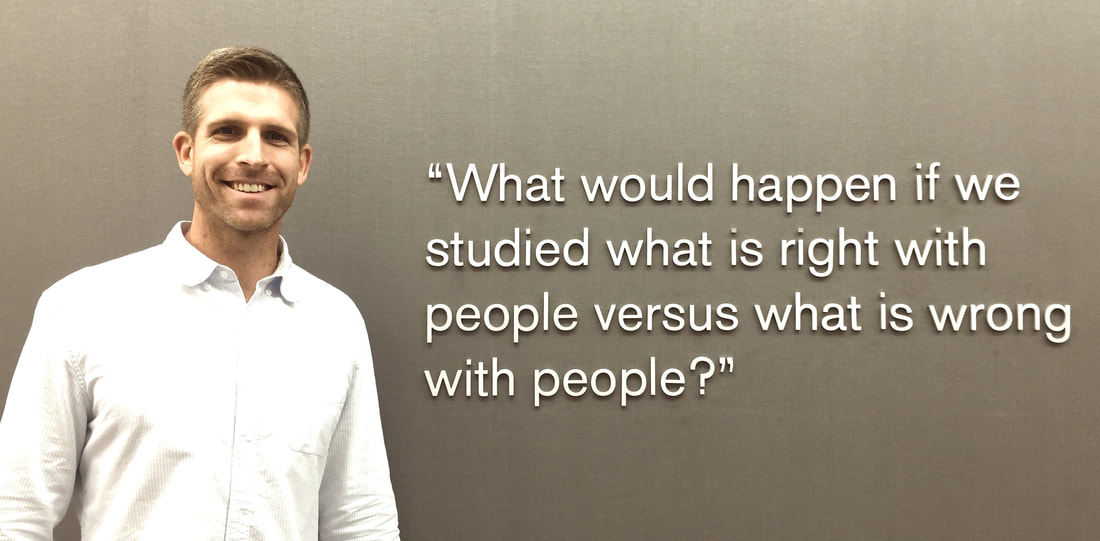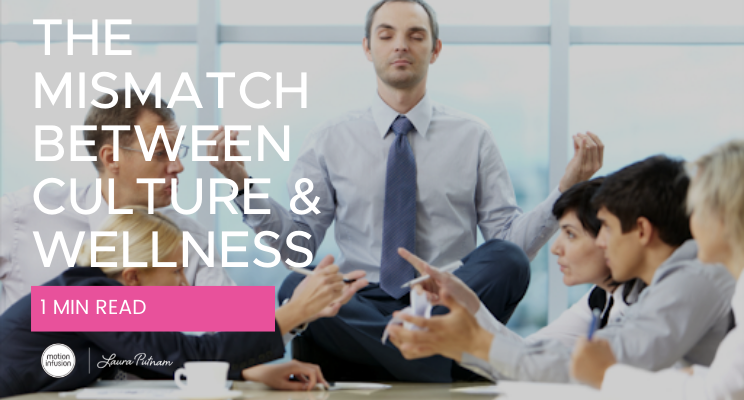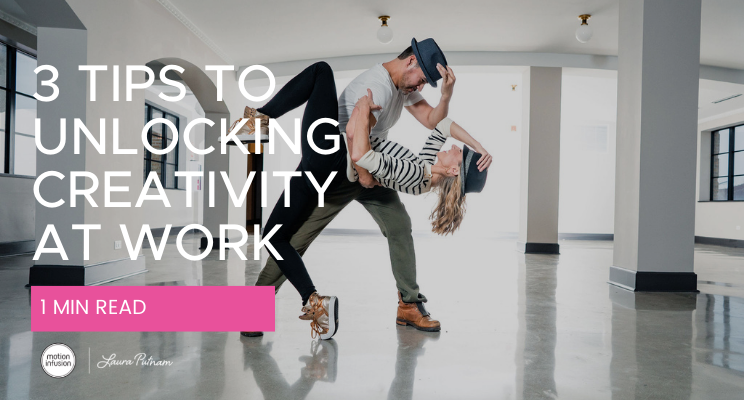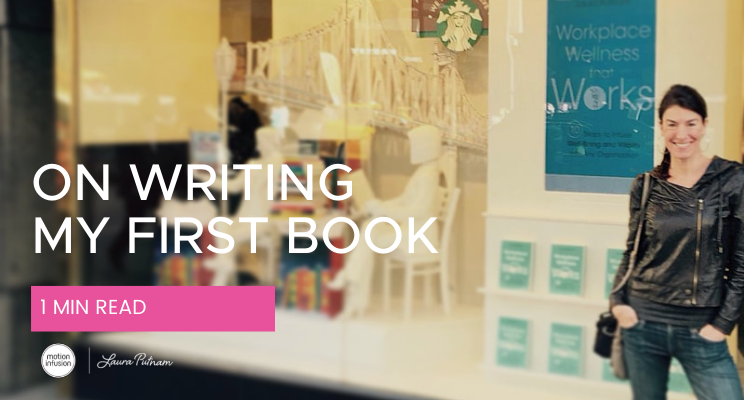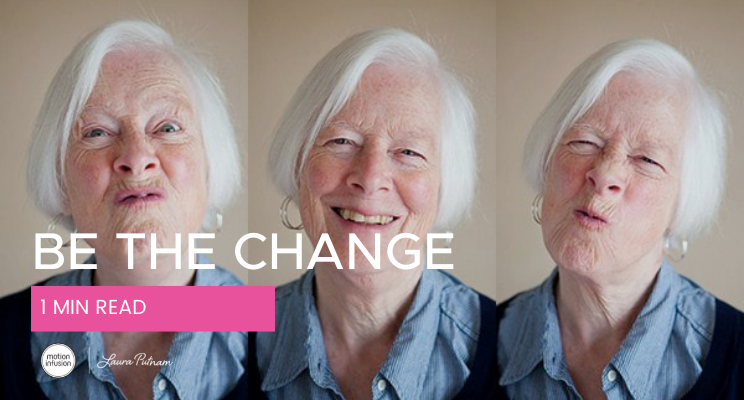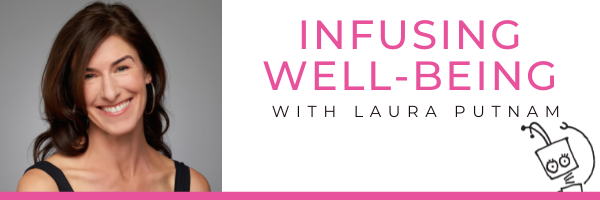|
At first, news came out about the Great Resignation, with over 4 million leaving their job every month since June of 2021. Now, we’re hearing about the Great Regret, or people wishing they hadn’t left their old job for the new one. What’s the difference? Not much. Whether it’s leaving for the first time, regretting the next one, and then leaving once again (which many are planning to do), all of this is more accurately cast as the Great Renegotiation. (Thank you for sharing that pearl, Ryan Picarella!) Today’s employees are flexing their bargaining muscles, demanding continued flexibility, as well as a host of other conditions.
In the time of a world turned upside down, the most existential time to date in our lifetime, people are stepping back to consider what matters most. In Thrive, Arianna Huffington urged her readers to redefine what success really means, offering up the metaphor of a stool needing three legs to stand. The stool cannot stand on the two legs of money and status alone; a third one is needed, one that encompasses wisdom, well-being, and wonder. Well, it looks like people followed your advice, Arianna! In droves. So, what do employees want?
1 Comment
Unlike the Field of Dreams, if you build it, they will not necessarily come. Whether it’s an app, a prescription, a wellness program, or a New Year’s resolution, getting ourselves to do the things we “should” do and want to do to improve our health and well-being is really hard. Closing the “knowing and doing” gap can feel impossible. And, if you’re in the business of inspiring others to engage with their health and well-being, you probably feel like you can never win.
Engagement with workplace well-being is notoriously difficult. The good news is that when employees actually do participate, they achieve positive results. A recent Gartner survey, for example, found that participating employees had 23% higher levels of mental health, 17% higher levels of physical health and 23% were getting a better night’s sleep. In turn, these individual improvements translated into bottomline results for the organization, namely, higher performance and retention rates. The bad news is that these results only hold true for those employees who are participating - and over 60% continue to opt out, according to this same study. Engagement. How do we do it? This is the billion-dollar question that a trillion-dollar industry has been trying to unravel. Whether you're a self-starter trying to reach your fitness goals or a well-being activator working with others, here are a few ways we can increase engagement and reduce the knowing and doing gap: Have you ever watched one of those reality shows where contestants battle it out for immunity? Immunity is granted to those who are the first to reach the rest stop, have the highest design score, or whose meal is deemed the judges' favorite. They’re the best, right? Maybe not. The winners are not necessarily the best, the fastest, or the most talented. In many cases, the winners have an inside track on how to play the game, circumvent the rules, or bypass the challenges. They hold unearned advantages. Immunity is like privilege; it is granted only to those invited to play, understand the rules, or are equipped to override challenges. Those with privilege have a leg up – and often times don’t even know it. So, let’s bring this to you. Do you have privilege? Are there advantages that you hold that have given you a leg up, paving the way to success? Privilege, or the “p-word,” has gotten a lot of play lately - especially as it shapes the extent to which an individual can – or can’t – achieve the American Dream. Scholars like Harvard economist Raj Chetty have challenged the notion that meritocracy prevails, and with effort, any individual can achieve the American Dream. Instead, his research (and that of many others) have uncovered systems that make access to the American Dream difficult, or in some cases, impossible. Where we live, the family we’re born into, the school we went to, our gender, our race, our sexual orientation, and many other factors play a role in the extent to which we are likely to achieve our version of the American Dream. Hard data gathered by Chetty’s research team, in the form of “opportunity maps,” shows that for many, the American Dream is nothing more than that – a dream, aka, a “myth.” So, let’s bring all of this to wellness. Just as the American Dream is a myth, is the same true when it comes to the pursuit of better health and well-being? Evidence suggests yes. How many times have you heard messages like “You just need more grit! Lean in! Or, girl, wash your face!” To a fault, the overriding narrative in wellness has been centered around individual actions. Build a positive mindset. Get more resilient. Set SMART goals. Form tiny habits. Find the right digital device. Take mini-breaks. Eat whole foods. Do the work that you love. Follow your passion. Be your full authentic self. Get out into nature. Each of these tips, while usually well intended, invoke a whole host of assumptions. The extent to which we can put each tip into action is dependent upon Wellness Privilege.
In a 1987 speech, Ronald Reagan famously stood before the Berlin Wall, the most powerful symbol of the Cold War, and demanded: “Mr. Gorbachev, tear down this wall!” This simple line turned out to be the defining moment in the ultimate unraveling of the Soviet Bloc.
You, too, can create a defining moment in your organization by calling out: “Tear down these silos!” OK, perhaps not quite as dramatic as that, but dismantling silos is definitely an important step in ensuring the success of your movement. So, how do you effectively do so? Start by channeling Leonardo da Vinci, master of all polymaths and the ultimate Renaissance Man. Da Vinci rightly understood that great solutions, ideas and inventions happen by combining multiple disciplines. Translation in the world of workplace wellness: Reach across department divides and bring together diverse minds and skill sets. Here’s the thing: a da Vinci approach will lead to a greater infusion of well-being across the organization. It promises more synergy and integration. The more you can coordinate your efforts with others from different disciplines, the more you can foster greater impact within your organization - just the way da Vinci would have done it. Here are three ways you can do exactly that: 60 years ago, Don Clifton, former CEO of Gallup and "Father of the Strengths Movement," asked the simple question: "What would happen if we studied what is right with people versus what is wrong with people?" Since then, this strengths-based approach has revolutionized the way companies approach workplace culture and management. Now, how might we apply this same kind of strengths-based approach toward workplace well-being? Or, put another way: What would happen if we started with what’s right, as opposed to what’s wrong, in our well-being efforts? Photo of my good friend, Ryan Wolf, Employee Wellbeing Lead at Gallup. Taken during a personal tour of Gallup HQ. Research suggests that starting from a place of hope and optimism (as opposed to scrutiny on all the things we’re doing wrong) can be hugely beneficial. Here’s why: 1. We’re more likely to change when we are experiencing positive emotions. As explained by leading positive psychologist Barbara Fredrickson at the University of North Carolina, “Positive emotions, especially when experienced with others, light the path to lifestyle change. Positivity improves our health and also fundamentally changes the way the brain works. We are able to see the big picture, connect the dots, try something new and engage in systemic thinking to solve problems like obesity and unhealthy lifestyles.” Does your company have a mismatch between its wellness programs and its larger culture? Most do. Even those that boast about having a “Culture of Health” often have what I call a “Pretend Culture of Health.” Sure, they might have healthy options in the onsite cafeteria, walking paths that crisscross the campus, a meditation room at every turn, and all the bells and whistles of a state-of-the-art comprehensive well-being program. But, meanwhile, toxicity reigns. People are overworked and underappreciated. The wellness programs are there, but nobody uses them. Before going full throttle on your well-being efforts, it’s essential that you take the time to “uncover the hidden factors.” (See Step 3 in Workplace Wellness that Works.) Take a deep dive into your organization to assess the culture. Is it a culture in which well-being is likely to thrive? Or, is it one in which well-being is likely to be undermined? Is it a “have to” culture (as in, people feel like they have to go to work) or is it a “want to” culture (as in, people actually want to be there). You might have the best-laid well-being strategy in the world. But, if the larger culture doesn’t support it, it’s unlikely to flourish. Here are 8 tell-tale signs that you’ve got a mismatch on your hands: Liz Kimball with her husband Michael Balderama | Photo Credit: Studio 22 Photography Can you think of a time when you felt like your most creative self?
I love hearing people answer this question. They talk about particular collaborations, classes, work projects, or a beloved mentor or coach. When they answer, their faces inevitably light up and their voices blossom, saying things like… It was so fun and collaborative. I surprised myself and was inspired to try new things. The space was free and full of possibility. I felt like my voice mattered. It feels good to be our most creative selves. And we never forget those experiences. Now, imagine with me a moment—what if your current workplace could feel the same way? What if it could feel like the most creative environment in your life? What impact could that have on your employees’ well-being? And on your energy as a leader? On your company as a whole? On June 15, 2015, my first book was published. Note that I wrote "first." I am hoping that it's the first of many.
It was one of the hardest, craziest, and most gratifying experiences I've had - and I thought it might be useful to share some of my experiences. The first thing I had to do was to get over my lack of confidence. Writing a book, I found, dredges up every insecurity that might be lurking in the corners of your insides. I was always a math & science person in high school, whereas writing always felt hard. I’ve never quite fully shed that self-identifying as a “non-writer.” So, what did I do? “Retirement be damned, Betsy Warriner, almost 78, continues to give to our community.” Photo taken by The Source, Bend, OR. After most have retired, my mom, Betsy Warriner, is more engaged with her community than ever. Voted “Woman of the Year” for a lifetime of giving back and championing justice and equality, Mom is leading the way. Her service extends from teaching in Ethiopia to volunteering in North Carolina, Seattle, Portland, and Bend. Founder of Volunteer Connect and most recently, Community Conversations, “she has given thousands of hours of her time, energy, guidance, and wisdom.” Now at 82, Mom is the embodiment of the benefits of giving back. As I often tell her: “You make 82 look great, Mom!” Martha Graham once said: “If I could say it, I wouldn’t have to dance it.” The work that she did as a modern dance choreographer was a manifestation of her deepest calling.
That’s great for her, but what about for the rest of us? Can we all say that we are living out our deepest calling? Sadly, most of can’t say that we are. If asked “Are you excited about work when you get up in the morning?”, only 20% of us can give an enthusiastic “Yes!”. And now in the time of “The Great Resignation” – when millions of Americans are quitting their jobs in search of something more meaningful – this has only gotten worse. Career well-being, or loving what you do, is considered by Gallup to be the “trump card” to our well-being. Those who are thriving in their career are 50% more likely to be thriving overall. Dr. Amy Wrzesniewski, professor at Yale School of Management and expert on work identity, has identified three levels of work satisfaction: job, career or calling. |
Follow laura on social:Website by Brand Genie
|
join laura's monthly newsletter
|


